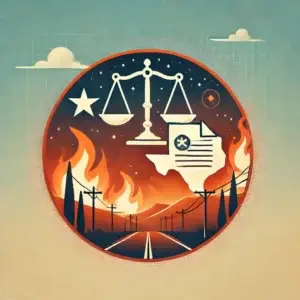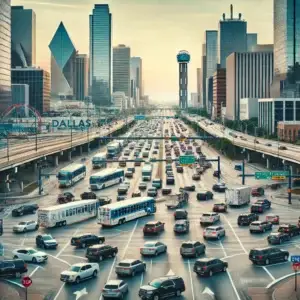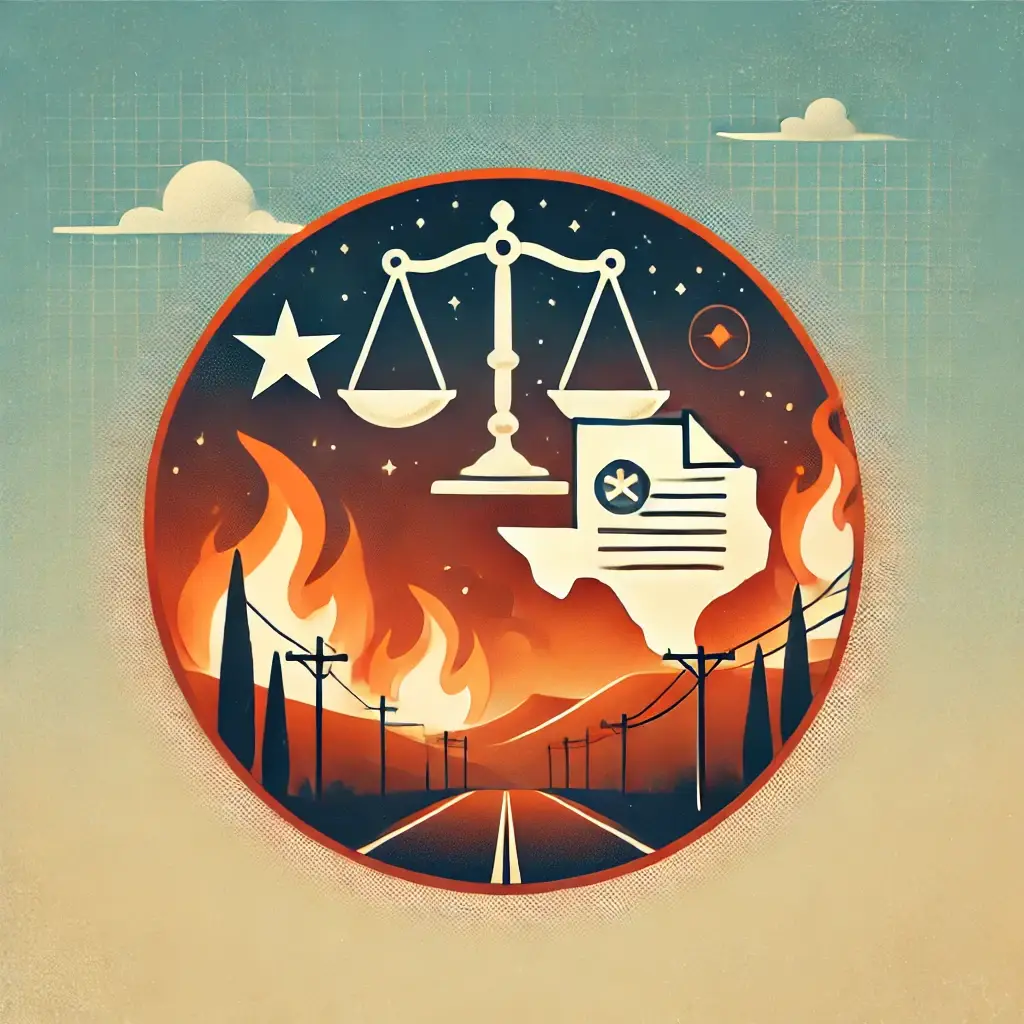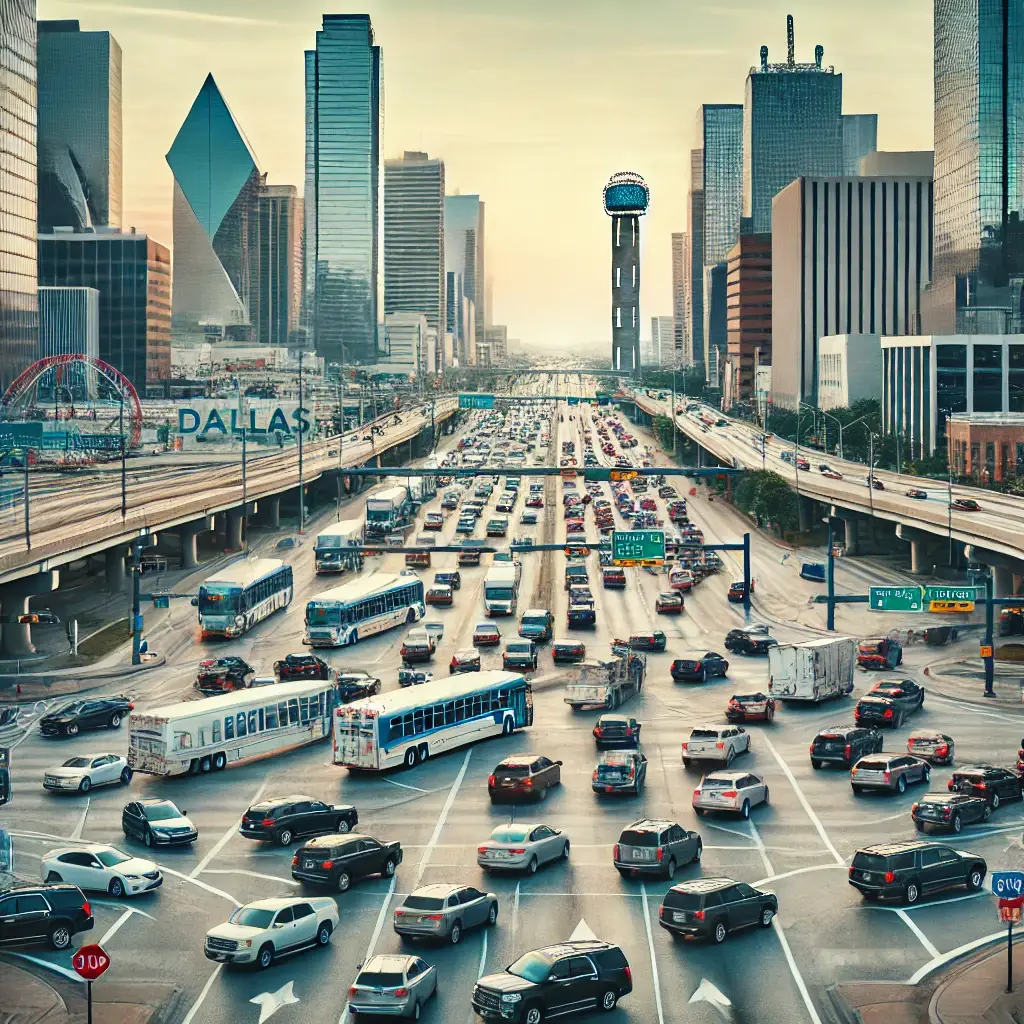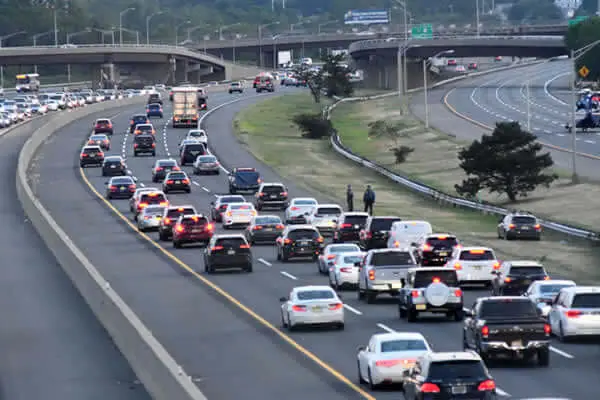How unsafe are Texas’ highways? Should you be highly concerned? What can you do to stay safe?
What’s one of the first things you talk about with your coworkers when you make it to the office each morning?
The crazy drivers on the road, right?
Should that guy weaving in and out of traffic even have a license? What about the person that passed you on the right at the stop light?
Or that driver this morning who just had to turn right in front of you… and drive 10 miles below the speed limit. And then you have that idiot who drives on your tail for miles…
Sometimes, you’re just happy to make it to work and home again without someone rearranging the bumper on your car.
But in Texas, are you really justified in your beliefs about other drivers? Are they more dangerous than other drivers across the nation?
Sort of. According to stats from FindtheData.com, Texas ranks 24th with 11.87 traffic deaths per 100,000 people. Who’s the leader? Wyoming at 27.48.
In terms of total traffic deaths, we’re the leader. In 2014, that number was 3,534, or 3.70% higher than 2013’s total of 3,408. That means we have even more traffic fatalities than California, which has nearly 12 million (almost 50%) more people.
What can you do to protect yourself?
You can’t always protect yourself from other drivers. However, you can take certain steps to reduce your chances of death or serious injury.
What to look out for, according to 2014 stats from the Texas DOT:
- Be extra careful in rural areas.
Believe it or not, more fatalities happen in rural areas than urban ones. In 2014, 55.86%, or 1,974 of the 3,534 traffic deaths in Texas, happened in rural areas.
Perhaps drivers are more relaxed in lower-traffic areas? We’re not sure. Just a theory.
- Exercise caution even if you’re by yourself.
1,384 deaths, or 39.16% of the 2014 total, happened with single vehicles that ran off the road in 2014.
Pay attention to the road. Put down your smartphone. Get a designated driver. Only drive when you feel well-rested.
- What day shouldn’t you drive?
You might guess this one. Don’t drive after New Year’s. On Wednesday, January 1st, 23 people died in crashes.
- Pay attention to safety basics.
For traffic deaths where seat belt use was known, 43.8% of those who died did not wear their seatbelts. Of the 463 motorcyclists killed, 50% (half) didn’t wear their helmet.
Stick to the basics, and you greatly reduce your chance of dying.
- What about drinking and driving?
29% of all traffic deaths in 2014 (1,041 deaths total) involved alcohol. We didn’t see clarification on this, but it appears this was any amount of alcohol, legal and illegal.
Don’t drive from 2:00 – 2:59 AM on Saturday, as that’s when most alcohol-related crashes happen. Not surprisingly, Texas bars can only serve alcohol until 2:00 AM. So most alcohol crashes happen when the bar stops serving alcohol on Saturday and people drive home.
Hopefully those stats help you understand how to stay safe out there and help prevent a car wreck!
If you just love stats, visit the Texas DOT’s website for all sorts of other motor vehicle crash stats.
If you do get in an accident that’s not your fault and are injured, contact our no win no fee Dallas personal injury lawyers for a free consultation.
Suggested Reading
Just how safe is Dallas-Fort Worth to drive in anyway?
What you need to know about accidents in the United States
Texas drivers beware: Motorists don’t carry enough insurance

